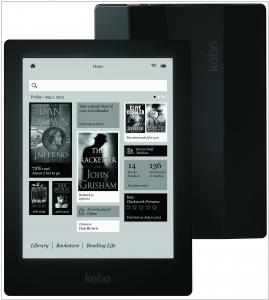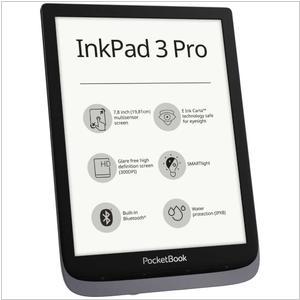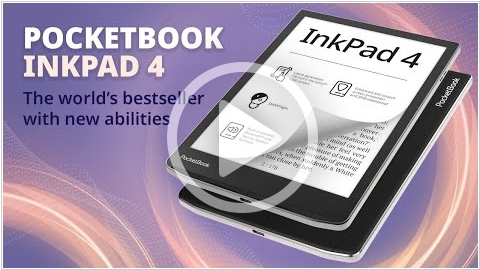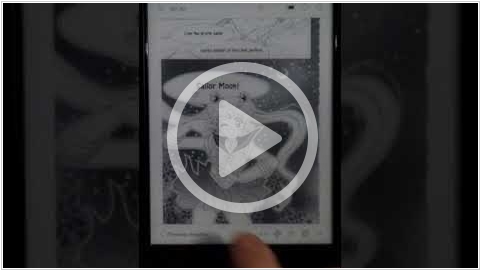Kobo Aura vs PocketBook InkPad
Last updated: July 10, 2023
The Kobo Aura and PocketBook InkPad are both popular eReader devices that offer unique features and reading experiences.
One of the key differences between the Kobo Aura and PocketBook InkPad lies in their display size and resolution. The Kobo Aura typically features a 6-inch E Ink Carta display with a resolution of 1024 x 768 pixels. It provides a clear and crisp reading experience, allowing users to comfortably read text and view graphics. On the other hand, the PocketBook InkPad boasts a larger 7.8-inch E Ink Carta display with a resolution of 1872 x 1404 pixels. The larger size and higher resolution of the InkPad's display result in more spacious text and a more immersive reading experience.
Another significant difference is in their design and build. The Kobo Aura has a compact and lightweight design, optimized for comfortable one-handed use. It typically features a slim profile and a touchscreen interface for easy navigation. The Aura also offers customizable backlighting, allowing users to adjust the front light for reading in different lighting conditions. The PocketBook InkPad, on the other hand, has a larger form factor and is designed for users who prefer a bigger screen. It typically features physical page-turn buttons along with a touchscreen interface, providing users with options for navigation. The InkPad also includes an SD card slot for expandable storage.
When it comes to software and ecosystem, both devices offer access to a wide range of eBooks and support various formats, including EPUB and PDF. They also provide features like adjustable font sizes, customizable fonts, and the ability to make annotations and highlights. However, there are differences in their software ecosystems. The Kobo Aura is closely integrated with the Kobo ecosystem, offering access to the Kobo eBookstore and personalized recommendations. It provides a seamless reading experience within the Kobo ecosystem. The PocketBook InkPad, on the other hand, offers a more open platform and supports multiple eBook sources and formats. It provides users with more flexibility in accessing content from different sources.
One of the key differences between the Kobo Aura and PocketBook InkPad lies in their display size and resolution. The Kobo Aura typically features a 6-inch E Ink Carta display with a resolution of 1024 x 768 pixels. It provides a clear and crisp reading experience, allowing users to comfortably read text and view graphics. On the other hand, the PocketBook InkPad boasts a larger 7.8-inch E Ink Carta display with a resolution of 1872 x 1404 pixels. The larger size and higher resolution of the InkPad's display result in more spacious text and a more immersive reading experience.
Another significant difference is in their design and build. The Kobo Aura has a compact and lightweight design, optimized for comfortable one-handed use. It typically features a slim profile and a touchscreen interface for easy navigation. The Aura also offers customizable backlighting, allowing users to adjust the front light for reading in different lighting conditions. The PocketBook InkPad, on the other hand, has a larger form factor and is designed for users who prefer a bigger screen. It typically features physical page-turn buttons along with a touchscreen interface, providing users with options for navigation. The InkPad also includes an SD card slot for expandable storage.
When it comes to software and ecosystem, both devices offer access to a wide range of eBooks and support various formats, including EPUB and PDF. They also provide features like adjustable font sizes, customizable fonts, and the ability to make annotations and highlights. However, there are differences in their software ecosystems. The Kobo Aura is closely integrated with the Kobo ecosystem, offering access to the Kobo eBookstore and personalized recommendations. It provides a seamless reading experience within the Kobo ecosystem. The PocketBook InkPad, on the other hand, offers a more open platform and supports multiple eBook sources and formats. It provides users with more flexibility in accessing content from different sources.
17
Kobo Aura's beautiful 6" ClarityScreen and a high res, edge-to-edge low-glare Pearl E Ink screen provides a print on paper reading experience, even in direct sunlight. The latest E Ink screen technology allows you to transition between pages without those annoying flashes. With pinch to zoom, you'll catch every detail when zooming in to PDFs and select books. Or change font sizes with a simple pinch.
21
PocketBook InkPad - 8-inch premium E Ink e-reader with LED frontlight for the most comfortable reading day and night long. PocketBook InkPad 8 inches allows to see more information at a single page - you can easily make the font larger and turn pages frequently. PocketBook InkPad - the best choice for reading professional literature, periodicals, work with graphs and tables including PDF and Djvu. PocketBook InkPad is perfect for reading both at the workplace and at home. School and college students will appreciate e-reader of such a format, because the 8-inch screen is the closest to the standard size of most textbooks.
Kobo Aura vs PocketBook InkPad in our news:
2023. Pocketbook unveiled its first e-note - Pocketbook InkPad X Pro
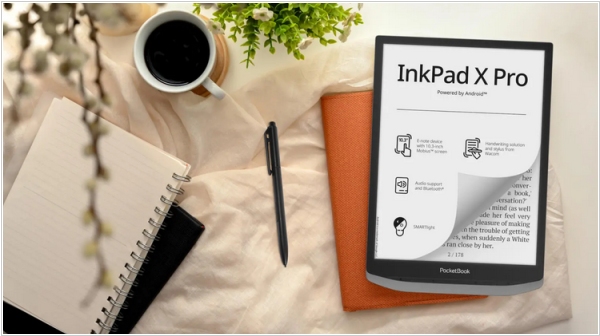
Pocketbook has introduced its first e-note, the Pocketbook InkPad X Pro, specifically crafted for digital note-taking. This innovative product is tailored for note-taking, freehand drawing, and PDF file editing due to its incorporation of a WACOM screen. The package includes a novel jet-black stylus with an eraser, boasting an impressive 4096 levels of pressure sensitivity. Nevertheless, the device is also compatible with third-party styluses. The highlight of the device is its 10.3-inch E INK Mobius display, which contributes to its lightweight design. Boasting a resolution of 1404×1872 pixels at 227 PPI, the screen is also capacitive, enabling users to employ finger gestures like pinch-to-zoom, tapping, and page-turning swipes. Convenient manual page-turn buttons, a home button, and settings button are situated at the device's bottom. Notably, this marks the company's first foray into the Android product realm, as all their previous offerings have been based on Linux. Anticipated to be released in late September, the InkPad X Pro will be priced at $420.00.
2023. Dark Mode is now available on new Pocketbook e-readers
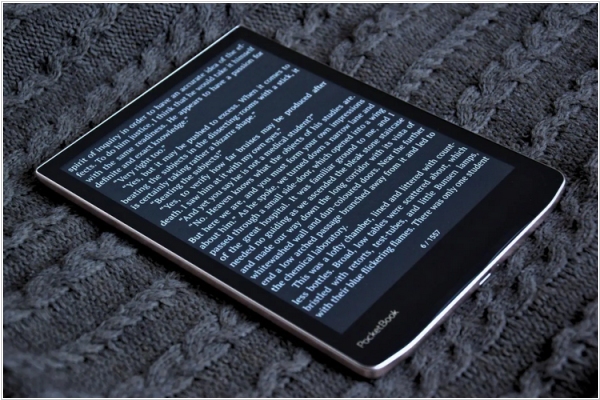
Dark mode is now an option on the Pocketbook Era, Pocketbook InkPad 4, and Pocketbook InkPad Color 2. This addition comes with the latest 6.8 firmware update that is accessible today. Along with dark mode, the update includes various other new features and improvements such as customizable control panel settings, additional filter options in the Notes app, a text suggestions feature, and more. In the near future, these enhancements will be made available for other Pocketbook models as well. Utilizing dark mode on your PocketBook device can enhance your reading experience in low-light conditions and during nighttime. This mode adjusts the display settings, showing white text on a dark background, which reduces contrast with the surrounding darkness and minimizes eye strain. Additionally, when reading in dark mode, you have the option to invert book illustrations if desired.
2023. Pocketbook Inkpad 4 gets 7.8-inch screen
Pocketbook announced the release of a new ereader called the Pocketbook Inkpad 4. It has a 7.8-inch E Ink Carta 1200 screen and a frontlight with temperature control. It has 32GB of storage space, built-in speakers for audiobooks and text-to-speech, and it’s waterproof with an IPX8 rating. Other specs for the PocketBook InkPad 4 include a USB-C port, a rotation sensor, a dual-core processor, it has WiFi and Bluetooth, and it has a 2000mAh battery. The overall design of the PocketBook InkPad 4 looks quite nice, though, with similar characteristics to the design of the PocketBook Era, which is actually really nice all except for the horribly washed-out screen. The newer E Ink Carta 1200 screens have better contrast, but it doesn’t matter when they add a cloudy flush front layer over the top of it.
2023. Pocketbook 6.7 firmware update adds audio pronunciation
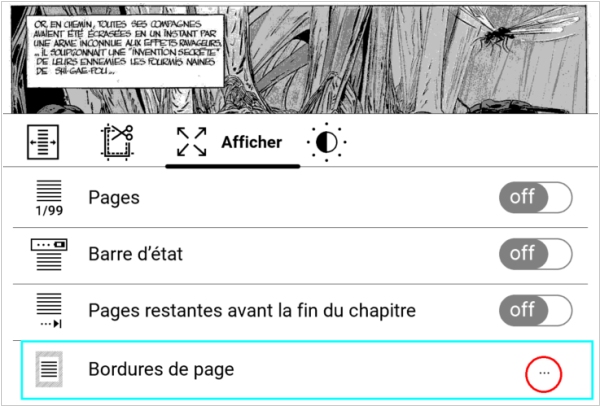
Pocketbook has recently launched a firmware update for the Inkpad 3, Inkpad Color, and Touch HD 3, bringing along a range of significant new features. Notably, users can now initiate audio pronunciation within the dictionary, enhancing the language learning experience. Additionally, translations can be saved directly to the device and exported for future reference. The update also introduces improved page borders for CBR, CBZ, and PDF documents, enhancing the visual presentation. Furthermore, the new firmware includes enhancements such as an expanded pressure area for more convenient navigation through footnotes in books, more precise page margins in scrollable PDF books, and improved algorithms for sorting the note list.
2022. Kobo is now displaying advertisements on their e-readers
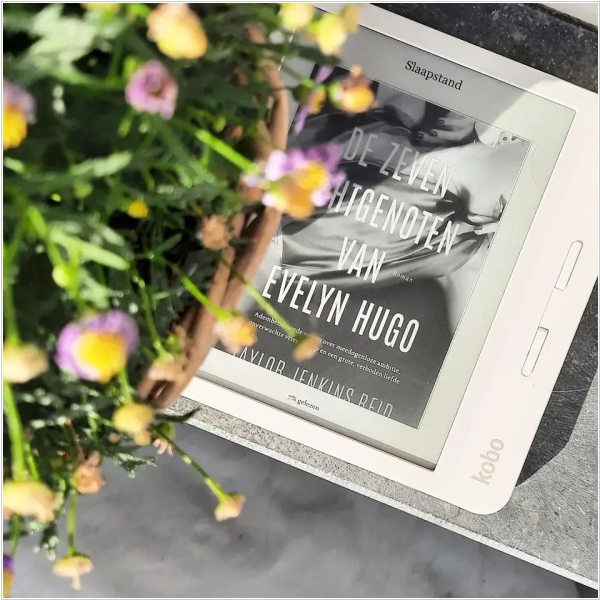
Kobo has introduced a new feature on their e-readers where advertisements are displayed upon waking the device from sleep mode. Users now encounter a full-page advertisement encouraging them to subscribe to Kobo Plus, and it also highlights the availability of a free 30-day trial. Notably, this ad appears regardless of whether the device's Wi-Fi is turned on or off, as the image is sourced from the device itself rather than the internet. This marks the first instance of Kobo displaying ads on their ebook readers, contradicting their previous marketing campaigns that emphasized their devices being ad-free compared to Kindle.
2021. New PocketBook InkPad Lite 970 has cheap 9.7-inch E Ink Screen
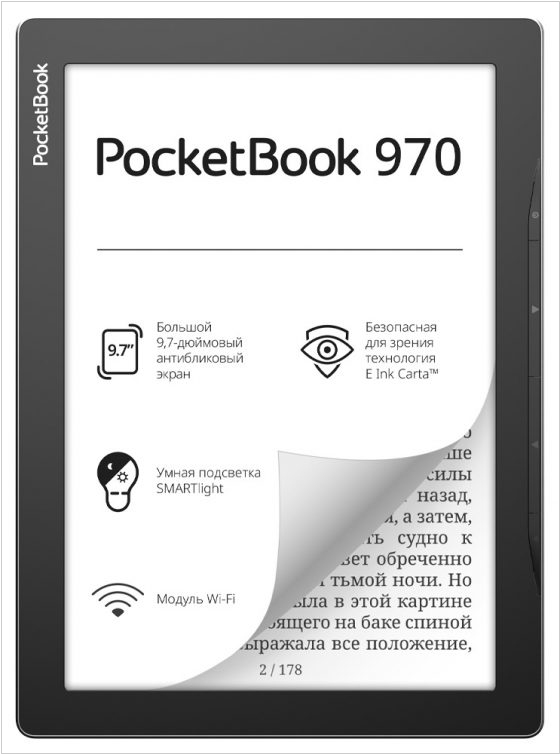
PocketBook has introduced the PocketBook InkPad Lite, a new budget ereader equipped with a 9.7-inch E Ink Carta screen. Set to be released in autumn 2021, the device is expected to be priced at $299, making it the most affordable large-screen ereader on the market by approximately $50. However, the PocketBook InkPad Lite is raising eyebrows due to its peculiar screen choice. PocketBook has opted for the cheapest screen available, featuring a resolution of 1200 x 825, which is the same resolution used by 9.7-inch E Ink screens over a decade ago. This results in a pixel density of only 150 ppi. In comparison, the Likebook P10 offers a superior screen with 200 ppi and is only slightly more expensive. Furthermore, the Likebook P10 boasts an upgraded quad-core CPU with 2GB of RAM and runs on a more versatile Android operating system.
2021. Kobo e-readers get new My Words feature
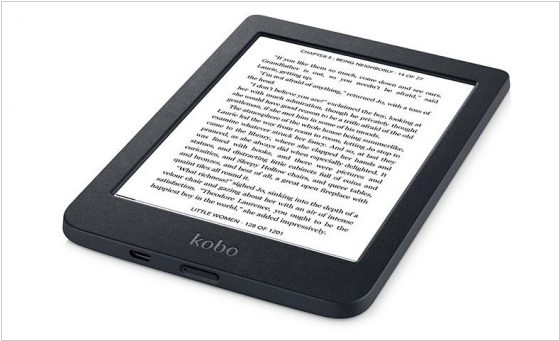
Kobo has recently introduced firmware update 4.26 for their range of Kobo ereaders, bringing several notable enhancements. One of the key additions is the My Words option, accessible through the Beta Features list, which functions similarly to the vocabulary builder feature found in Kindle devices. This feature enables users to conveniently review and revisit words they have looked up in the dictionary. Additionally, the update includes a "Back to page x" button specifically designed for epubs, enhancing navigation within books. Furthermore, annotation sync has been improved, allowing for better synchronization of annotations across devices. Users can now edit text within the note preview window by tapping the text field, and landscape mode PDF viewing has been enhanced for a more seamless experience.
2020. Pocketbook Inkpad 3 gets a brand new UI
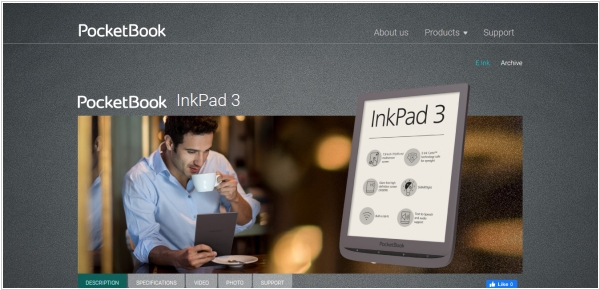
Pocketbook has recently released a significant update for its popular model, the InkPad 3. The update introduces an enhanced UI design across all applications, including redesigned notifications, control panel, and status bar. Firmware 6.1 brings a reimagined and simplified authorization system, enabling users to log into various services such as PocketBook Cloud, PocketBook Store, Send-to-PocketBook, and ReadRate using a single account. Additionally, users now have the convenience of logging into their personal accounts via the PocketBook app on their smartphones by scanning a QR code. The update also introduces support for new book formats, CBR and CBZ, allowing users to read comics on the device. Furthermore, the new Notes application enables users to view, edit, and add comments to their notes, as well as transfer them to other devices. All records are now consolidated in a single location, streamlining the search process.
2020. Kobo introduces $99 e-reader Nia to replace Aura
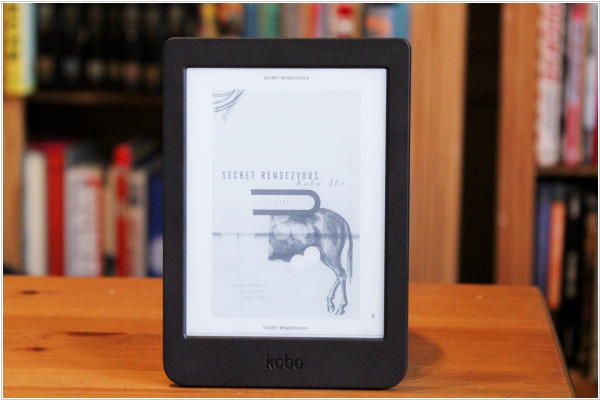
Rakuten has introduced a new, entry-level e-book reader that stands up favorably to the most affordable Amazon Kindle in various significant aspects. The Kobo Nia features a 6-inch touchscreen display with a resolution of 1024x758 pixels and 212 ppi. It incorporates Kobo's ComfortLight technology, allowing users to adjust the display's brightness according to their preference. With a sleek design weighing in at 172 grams and measuring 9.2mm in thickness, the Nia offers a visually appealing form factor. Inside, it is powered by a 1,000mAh battery, providing "weeks" of reading on a single charge, and offers 8GB of storage capacity. In comparison, Amazon's cheapest Kindle, which inevitably draws comparisons to the Nia, starts at $89.99 but includes Amazon's "Special Offers" ads. Without the ads, the price increases to $109.99. The Kindle also features a 6-inch display but with a lower resolution of 165 ppi and only half the storage capacity of the Nia. These factors make the Nia an enticing choice for budget-conscious e-reader shoppers who prefer not to be locked into Amazon's ecosystem.
2018. Pocketbook e-Readers get gesture controls
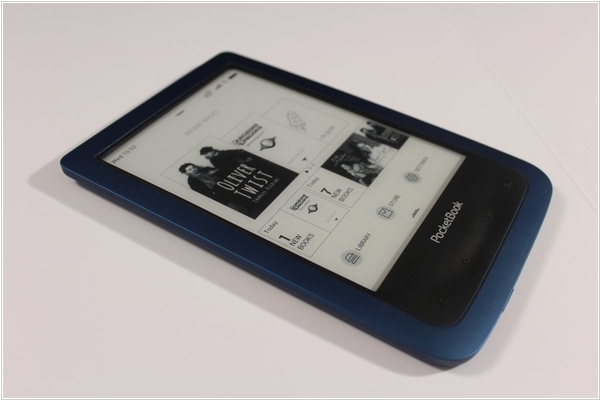
Pocketbook has introduced a fresh firmware update for its Aqua 2, InkPad 3, and Touch HD e-readers, incorporating gesture controls for adjusting the brightness and color temperature of the front-lit display. While reading an ebook, you can simply swipe your finger up or down the left side of the screen to increase or decrease the light intensity. This functionality works seamlessly in both portrait and landscape modes. The update also brings enhancements such as improved gesture-based page scaling for books in PDF or DjVu formats, enhanced accuracy when selecting words for note-taking purposes, and the ability to enable or disable the position sensor through the settings menu.
2018. Kobo e-Ink readers get rapid Page-Turning
Kobo has recently launched a firmware update for their entire range of e-readers, aiming to enhance the speed of page-turning through the implementation of a new rendering engine. With this new system, users can experience faster page transitions by simply tapping their finger rapidly on the screen or using gestures. Holding a finger down on the screen also enables page-turning. However, it's important to note that during rapid page-turning, the text may become unreadable until the user releases their finger from the screen, allowing for full rendering. This rapid page-turning engine specifically works with KEPUB ebooks, which are books purchased directly from Kobo. It does not support CBR/CBZ or classic EPUB formats, and it is incompatible with sideloaded EPUB books.
2017. Kobo makes managing ebooks simpler
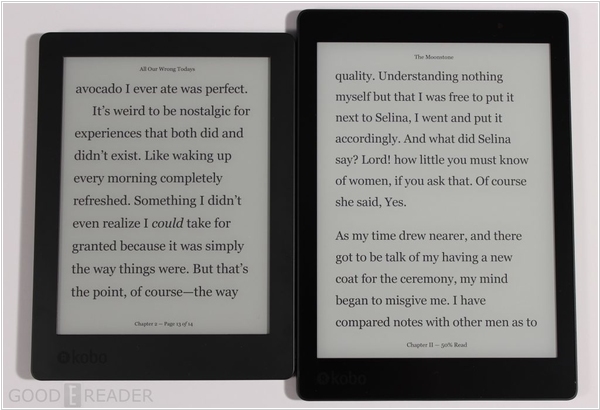
Kobo has recently released a firmware update for its e-readers, introducing several noteworthy features. One of the key additions is the "Manage Books" feature, accessible under the "My Books" section. This new feature allows users to select multiple books simultaneously, enabling actions such as marking them as finished or unread, removing them, or adding them to collections. The "My Books" section itself has undergone a visual enhancement, offering a cleaner layout of information, along with the inclusion of convenient Filter and Sort menus. The reading experience has also been enhanced with this update. Now, by tapping the middle of the page, users can easily access reading menus, navigate to the Table of Contents, or adjust Reading Settings. Additionally, the screen will now refresh after each chapter, as opposed to every six pages, providing a smoother reading experience.
2016. New 7.8-inch Aura One e-reader - the Cadillac of e-readers
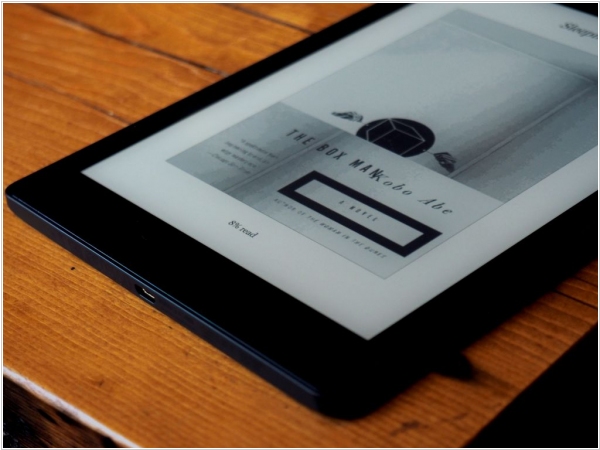
In an effort to challenge Amazon's dominance, Kobo has unveiled the Aura One, targeting a niche market. With its impressive 7.8-inch display, the Aura One surpasses the Aura HD and carries a matching price tag of $230. Despite being relatively expensive for a dedicated e-reader, especially considering the Kindle Voyage's lower starting price, Kobo's past successes in pushing boundaries indicate potential for the Aura One. While acknowledging that this device may not appeal to everyone, it caters precisely to those willing to invest over $200 for the ultimate e-reader experience. Kobo once again showcases its innovative mindset, offering features such as a spacious screen, blue-light shifting, an attractive design, and ample storage. Although the Aura One may not be cost-effective for most readers, it is sure to captivate a devoted audience seeking an exceptional reading device.
2016. Pocketbook Announces the InkPad 2
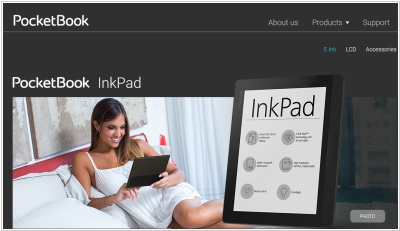
Pocketbook InkPad 2 is an exciting new e-reader that was just announced today. This innovative device boasts an 8-inch touchscreen display with an impressive resolution of 1,200 x 1,600 pixels. It features a front-lit display for optimal reading conditions and convenient physical page turn buttons. The InkPad 2 is powered by a 1 GHz processor and equipped with 512 MB RAM. While it offers 4 GB of internal memory, you have the flexibility to expand it up to 32 GB using a Micro SD card. One appealing feature of this e-reader is the inclusion of a 3.5mm headphone jack, allowing users to enjoy audiobooks and music. The Pocketbook InkPad 2 is expected to be available in the near future, priced at $199 Euros.
2014. Kobo unveiled waterproof Aura H2O Reader
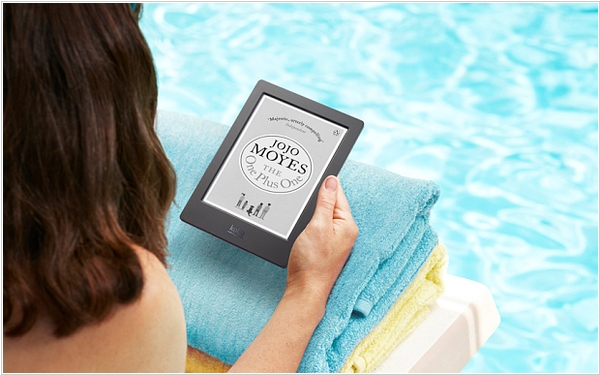
Kobo has unveiled the Kobo Aura H2O, a new waterproof device priced at $179, set to be released on October 1. This addition to Kobo's product lineup targets the premium segment of the market, offering a purpose-built e-reader tailored for avid readers. The Kobo Aura H2O serves as a versatile, all-terrain e-reader, catering to users who desire to bring their devices to unconventional locations such as the bathtub or the beach. With a sleeker and lighter design compared to the Kobo Aura HD, the Kobo Aura H2O features an upgraded high-definition display and a dustproof, air-tight construction that can withstand submersion in water for up to thirty minutes.
2014. Pocketbook InkPad with Text-to-Speech announced
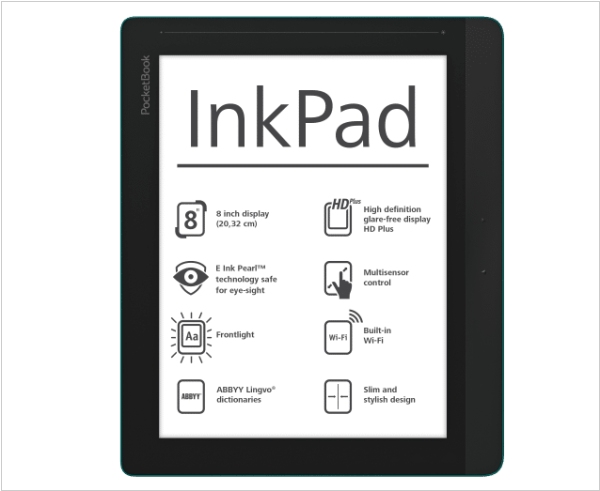
Pocketbook, a Ukrainian company with a consistent track record in manufacturing e-readers since 2007, has introduced a new device called InkPad that focuses on providing an expansive reading experience with its impressive eight-inch display. Utilizing E Ink Pearl technology, the device boasts the highest screen resolution available for such e-readers, with an impressive 1600×1200 pixel resolution. This high resolution enables users to adjust font sizes without compromising clarity. Equipped with a powerful 1GHz CPU and 512MB of RAM, the InkPad ensures smooth page-turning and stable performance across various applications. With 4GB of internal memory, expandable up to 32GB, users can amass a substantial library that is easily accessible at their fingertips. Additionally, the device includes a 3.5mm headphone jack for audiobook or music playback. Notably, Pocketbook has integrated Text to Speech functionality in this model, allowing users to have books read aloud to them.

